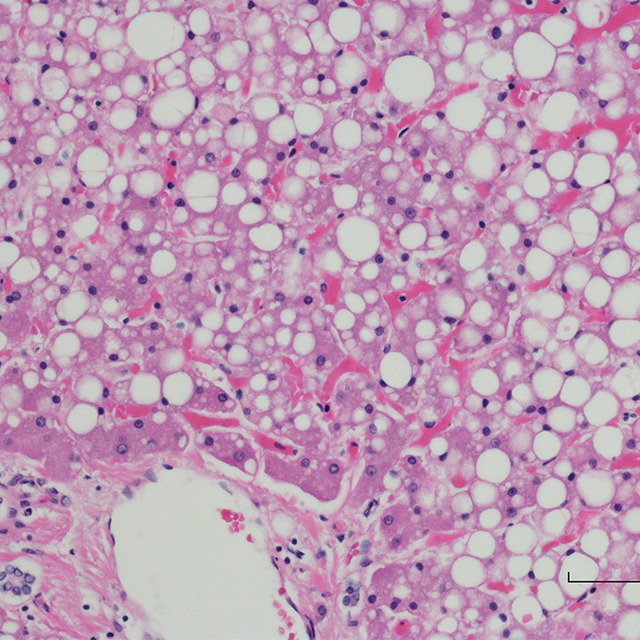Ask any physician who works on liver transplants: Their best days are the ones when an organ’s recipient and its donor both walk out of the hospital, looking ahead to long and healthy lives.
In 2021, The Johns Hopkins Hospital’s live-donor liver transplant team enjoyed more of those days than anyone in Maryland. In the region that includes Maryland, West Virginia, Pennsylvania, Delaware, New Jersey and Washington, D.C., the team performed more live-donor liver transplants last year than nearly all others.
“It’s an important part of what we do here at Johns Hopkins,” says Ahmet Gurakar, M.D., a professor of medicine and the medical director of liver transplantation.
In live-donor transplants, a portion of the donor liver — in adults, usually part of the organ’s right lobe — is removed and grafted into a recipient, in place of a diseased liver. Following the surgeries, the donor’s liver will regenerate back to full size, and the recipient’s new liver will grow to normal size.
Of the 138 liver transplants performed at Johns Hopkins last year, 19 — about 14% — involved a living donor. Gurakar says all 38 donors and recipients had positive outcomes. He expects the percentage to increase in years to come.
“Transplanting livers usually meant someone had to die,” says Gurakar. “One family is elated, and another family grieves. With live donors, no one dies and the patient gets a new liver. It’s great.”
In the weeks leading up to a live-donor transplant, Johns Hopkins physicians make sure both donor and recipient are healthy enough for surgery. After the donor undergoes extensive medical work-ups, a multidisciplinary team reviews results of the blood tests, CT scans, X-rays and the physical exam. If the donor is healthy and the recipient’s case is not an emergency, the surgery is scheduled between four and six weeks in advance.
Gurakar says that, generally, the surgery to remove part of the donor’s liver and the surgery to graft the organ into the recipient both take between three and four hours. Donors can expect to spend a week recovering in the hospital and five to seven more weeks recovering at home.
Because of the scarcity of organs from deceased donors, as well as the unpredictability of when an organ might become available, the wait list for a deceased donor liver transplant can be long. According to the U.S. Department of Health and Human Services’ Organ Procurement and Transplantation Network, about 1,600 people in “Region 2” — which includes five states and the District of Columbia — await a liver transplant at any given time. Nationally, that number is roughly 13,000.
Generally, the sickest patients on the waiting list get priority for livers from deceased donors. But for people whose liver disease is acute enough to be life-altering but not severe enough to be higher on the wait list, a live-donor transplant can be ideal.
While many liver donors are related to their recipients, donors need only be healthy and a blood-type match with their recipient. At Johns Hopkins, most live donor liver transplants involve close relatives and friends. But the hospital is seeing an increasing number of “non-directed” liver donations, meaning the donor is motivated simply by altruism. One recipient found a donor on Facebook.
Professor of surgery Benjamin Philosophe, M.D., Ph.D., is a liver transplant surgeon and the surgical director of the Comprehensive Transplant Center at Johns Hopkins. He says his team works closely with hepatologists like Gurakar on each case.
“We have a great staff,” he says. “Johns Hopkins is full of people who have a passion for what they do, at all levels of patient care. The nurses are really into what they do. The coordinators, the physicians and surgeons — they’re all dedicated to this.”
Among the benefits of live donation is the shortened time the donor liver is outside of its environment. The less time a harvested liver is artificially preserved, the more likely it will function properly in its new host. In live-donor transplant procedures, two sets of surgical teams operate in two different operating rooms. The liver needs only to travel from one room to another before it’s ready for transplant.
Better outcomes, as well as shorter recovery times and hospital stays, are associated with live donor liver transplantation.
“If you know you’re going to need a transplant, it’s better to not get so sick,” says Gurakar. “Live donors can help people with liver disease get their transplants faster and get healthy faster.”
To learn more about becoming a live liver donor, visit our website.
To refer a patient, call 410-933-7495.

